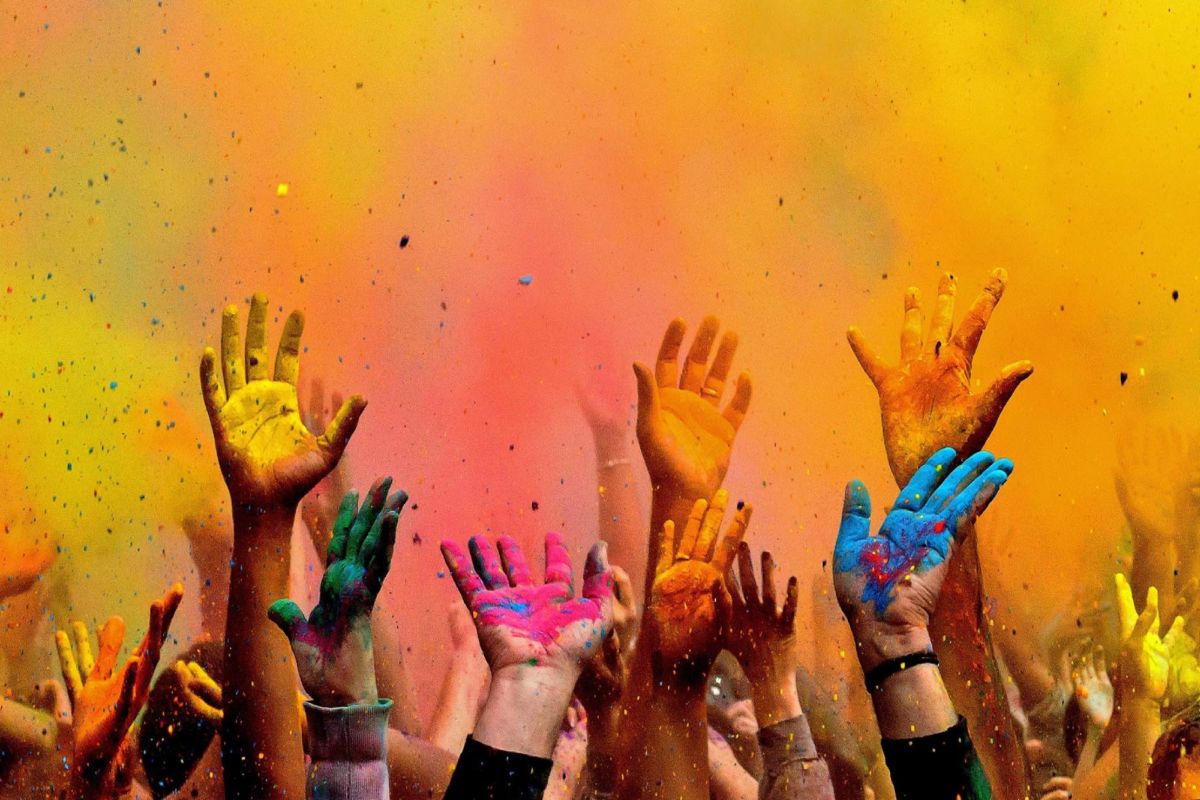Introduction: Holi, the festival of colors, is one of the most vibrant and joyous celebrations in India and across the globe. Rooted in ancient Hindu mythology, Holi signifies the victory of good over evil, the arrival of spring, and a time for renewal and rejuvenation. Beyond its religious significance, Holi is a testament to the human spirit’s resilience, the bonds of friendship, and the beauty of diversity. Let’s delve deeper into the essence of Holi, exploring its traditions, rituals, and the profound messages it conveys.
The Legend of Holi: Like many Indian festivals, Holi has its roots in mythology, specifically in the legend of Prahlada and Holika. Prahlada, a devout follower of Lord Vishnu, was the son of the demon king Hiranyakashipu. Despite his father’s efforts to dissuade him, Prahlada continued to worship Vishnu, infuriating Hiranyakashipu. Determined to punish his son, Hiranyakashipu enlisted the help of his sister Holika, who was immune to fire.
Holika, with Prahlada in her lap, entered a blazing fire, intending to burn him alive. However, by Vishnu’s grace, Prahlada emerged unscathed, while Holika perished in the flames. This symbolic victory of good over evil is commemorated during Holi, with the ritualistic burning of Holika effigies on the eve of the festival, known as Holika Dahan.
The Festival of Colors: The highlight of Holi is undoubtedly the exuberant play of colors. On the day of the festival, people of all ages gather in streets and open spaces, armed with colored powders and water guns called pichkaris. Laughter fills the air as friends, family, and even strangers chase each other, smearing vibrant hues on faces and clothes.
This riot of colors is more than just a playful indulgence; it symbolizes equality and unity. On Holi, social barriers dissolve as people from all walks of life come together, drenched in the same rainbow of colors. It’s a powerful reminder that beneath our outward differences, we are all connected as part of the human family.
Sharing Sweets and Good Wishes: Another integral aspect of Holi is the exchange of sweets and greetings. Traditional delicacies like gujiya, a sweet dumpling filled with khoya and dry fruits, and thandai, a refreshing milk-based drink infused with nuts and spices, are savored during the festivities. These culinary delights serve as tokens of affection and goodwill, strengthening bonds of friendship and community.
Beyond the physical nourishment, Holi sweets carry a deeper symbolism. They represent the sweetness of life and the importance of sharing joy with others. In a world often marred by strife and division, Holi encourages us to spread sweetness and positivity wherever we go.
Cultural Significance: While Holi holds particular significance in Hindu culture, its appeal transcends religious boundaries. In recent years, Holi celebrations have gained popularity in various parts of the world, attracting people of diverse backgrounds. From the colorful festivities in India to Holi-themed events in cities like New York and London, this festival has become a global celebration of joy and inclusivity.
Holi’s message of love, forgiveness, and unity resonates with people of all faiths and cultures, making it a cherished occasion for communities worldwide. By embracing the spirit of Holi, we reaffirm our shared humanity and our commitment to building a more harmonious world.
Conclusion: As we immerse ourselves in the kaleidoscope of colors that is Holi, let us reflect on the profound lessons it imparts. Let us cherish the bonds of friendship, celebrate the triumph of good over evil, and embrace the diversity that enriches our world. In the midst of life’s challenges, may the spirit of Holi inspire us to spread love, laughter, and happiness wherever we go. Happy Holi!




